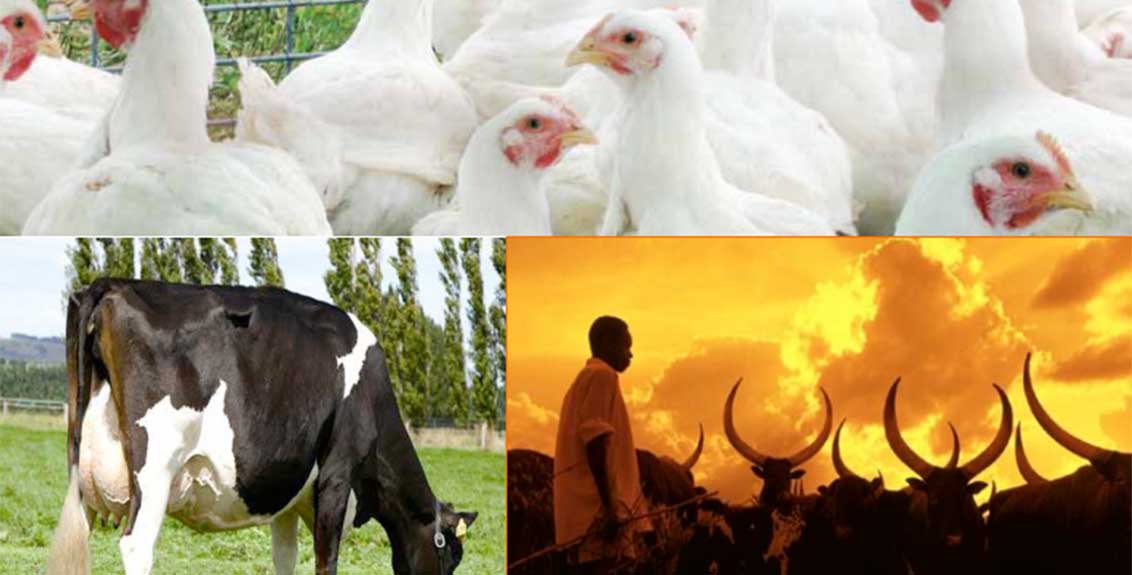The livestock value chain is one of the specific value chains Centenary Bank is considering to
prioritize for potential financing. Although the bank has been financing this sector under its agricultural loan product, it has identified a number of gaps in terms of structuring the credit and
also in properly categorizing its credit to some of the livestock value chain actors such as veterinary drug dealers, cattle traders, cattle and milk transporters, etc. which it requires to
address provided it has clearer understanding of what these actors actually need and how they
operate.
Achieving the above required a deeper analysis of the levels of efficiency at each transactional level
in the three livestock value chains (dairy, beef cattle and poultry) with a view to identify the financing opportunities and risks therein. This analysis should enable the bank to properly align the delivery of
specific low risk financial products to the needs and priorities of identified actors in the value chain.
The ultimate goal of the livestock value chain analysis study is therefore to inform the Bank of the potential financing opportunities along the entire value chains of the enterprises researched and to
recommend sound potential financial products to underpin the proper and systematic financing of the identified creditworthy commercial actors engaged in these enterprises in a sustainable manner.
It is in the pursuit of the above goal, and with the funding support of the World Bank’s Agrifin Project,
that Centenary Bank hired a consultant to research and carry out an in depth analysis of the levels of efficiency of the actors within the three livestock enterprises.
This report is therefore an outcome of the consultancy engagement.
The rationale for the selection of the three livestock enterprises is because these enterprises operate in a high growth market with many commercially – oriented value chain actors and are
thus generating robust and regular cash flows that should support low – risk, viable and sustainable
commercial financing if the operations and transactional relationships amongst their respective
value chain actors are efficient and are properly understood. The dairy value chain in particular
generates daily cash inflows of relatively big amounts for the majority of its actors (producers,
milk vendors and traders, transporters, processors, wholesalers and retailers). Similarly, beef
cattle generate incomes on regular basis and in many instances involve transactions of relatively
big monetary value.
For poultry chicken (broilers and layers), there is certainty of income over a known period of time as their production is under controlled environment. These characteristics can be harnessed by the bank to strengthen its agricultural lending portfolio and, increase its agricultural financing market share and rural outreach provided appropriate financial products for the respective enterprises’ actors are put in place.
Click to Download the Book

